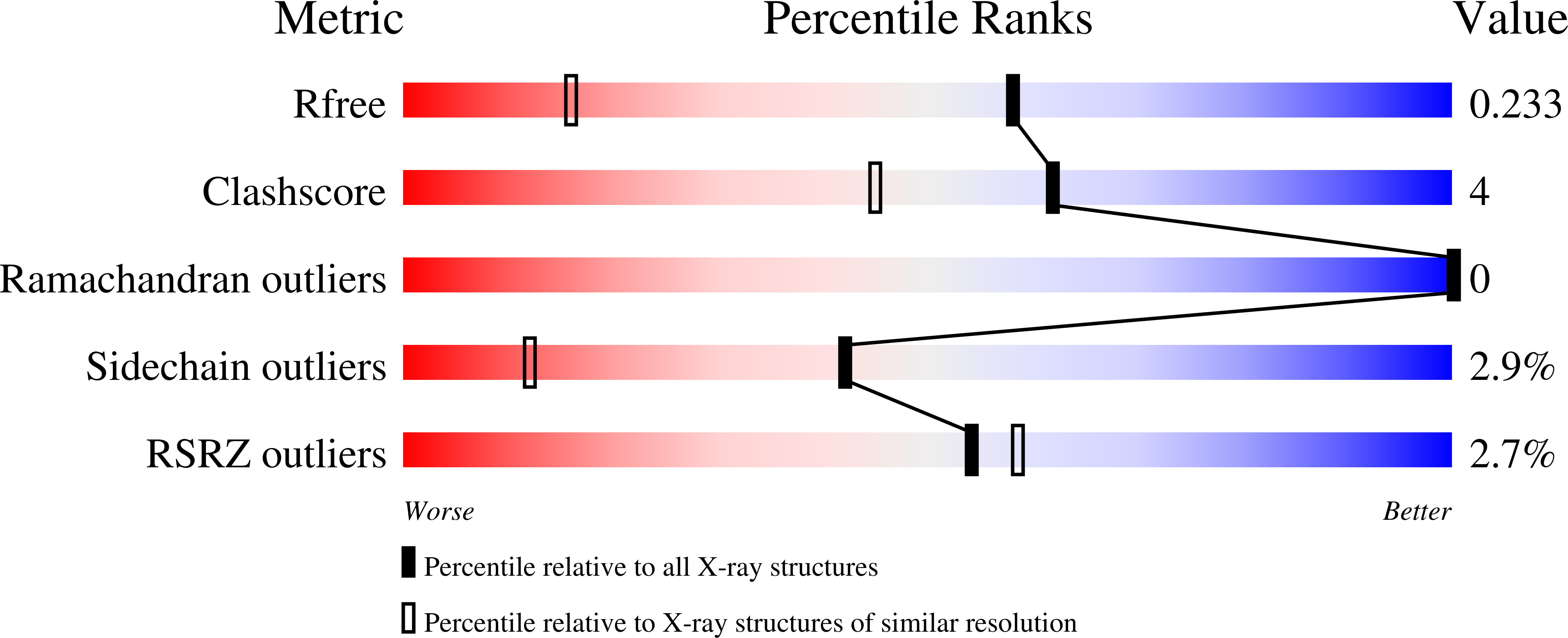
Deposition Date
2021-02-25
Release Date
2022-03-02
Last Version Date
2024-04-03
Method Details:
Experimental Method:
Resolution:
1.47 Å
R-Value Free:
0.23
R-Value Work:
0.19
R-Value Observed:
0.20
Space Group:
C 1 2 1


